SATRC Members
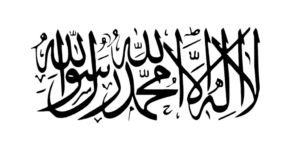
Afghanistan is a 652,864 sq. km. (249,935 sq. mi.) landlocked country situated at the hub of South Asia and Central Asia. It has a population of approximately 28.6 million people (2016). To the south and east, Afghanistan shares a border with Pakistan; to the west, it shares a border with Iran, and its northern border touches the Central Asian countries of Turkmenistan, Uzbekistan, and Tajikistan. In the far northeast, it shares a border with China.
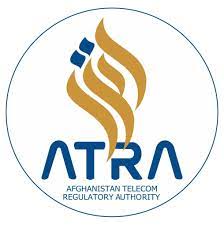
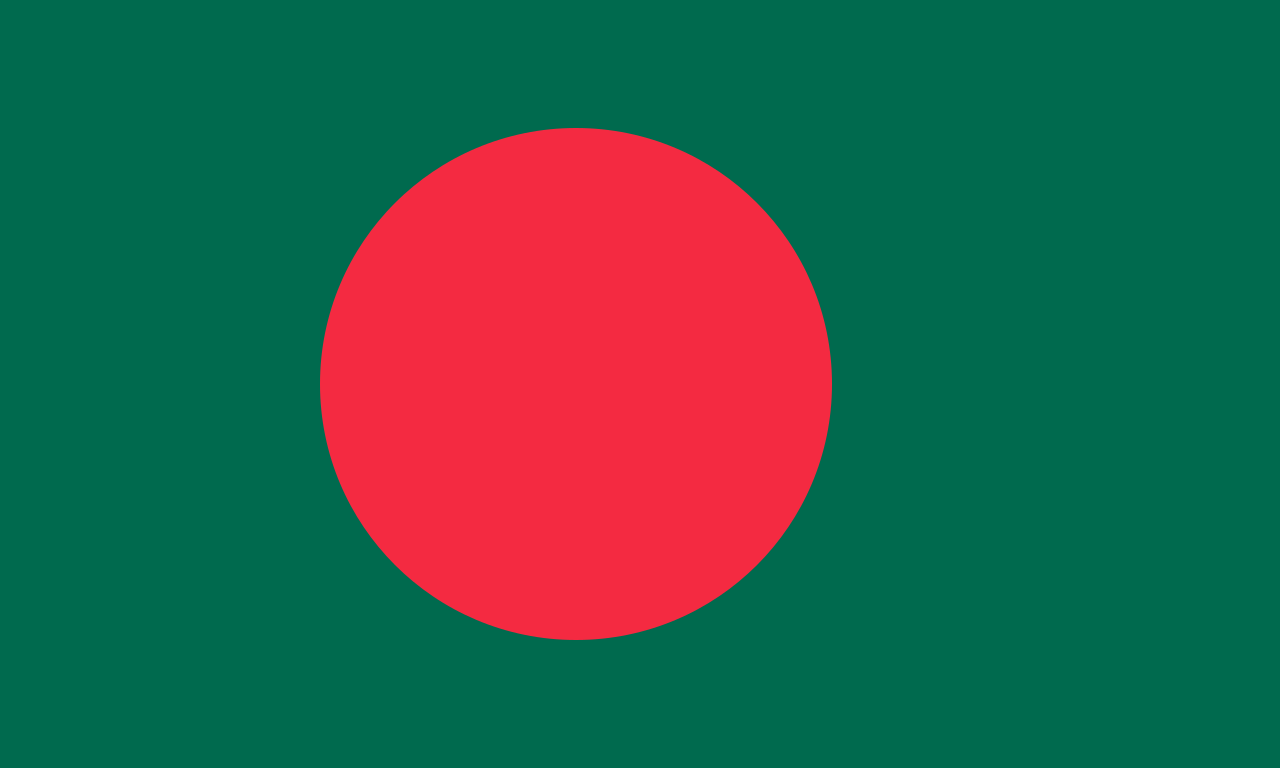
Area and boundaries Area: 147,570 sq km. Boundaries: WEST BENGAL (India) on the west; West Bengal, ASSAM and Meghalaya (all the Indian states) on the north; Indian states of Assam, TRIPURA and Mizoram together with Myanmar on the east; and BAY OF BENGAL on the south. The total length of the land border is about 4,246 km, of which 93.9% is shared with India and the rest 6% with Myanmar. Limit of territorial water is 12 nautical miles (22.22 km) and the area of the high seas extending to 200 nautical miles (370.40 km) measured from the baselines constitutes the Exclusive Economic Zone (EEZ).
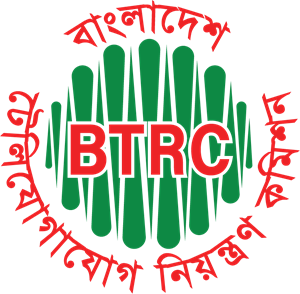
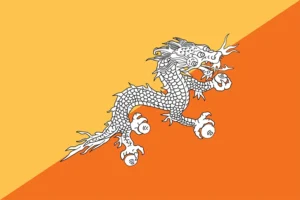
Bhutan, a Buddhist kingdom on the Himalayas’ eastern edge, is known for its monasteries, fortresses (or dzongs) and dramatic landscapes that range from subtropical plains to steep mountains and valleys. In the High Himalayas, peaks such as 7,326m Jomolhari are popular trekking destinations. Paro Taktsang monastery (also known as Tiger’s Nest) clings to cliffs above the forested Paro Valley.
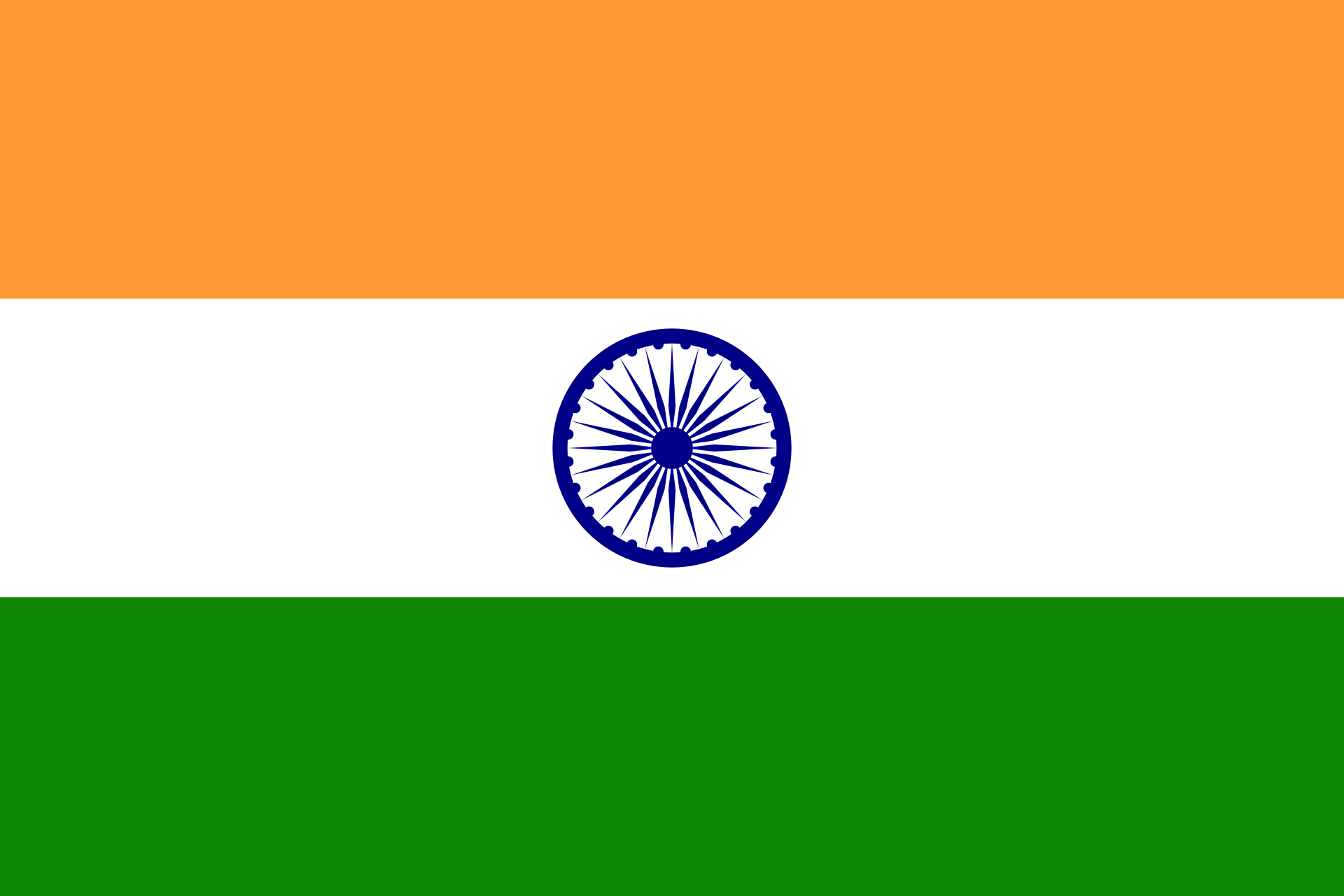
India is one of the oldest civilizations in the world with a kaleidoscopic variety and rich cultural heritage. It has achieved all-round socio-economic progress since its Independence. India has become self-sufficient in agricultural production and is now one of the top industrialised countries in the world and one of the few nations to have gone into outer space to conquer nature for the benefit of the people. It covers an area of 32,87,263 sq. km (1,269,346 sq mi), extending from the snow-covered Himalayan heights to the tropical rain forests of the south. As the 7th largest country in the world, India stands apart from the rest of Asia, marked off as it is by mountains and the sea, which give the country a distinct geographical entity.

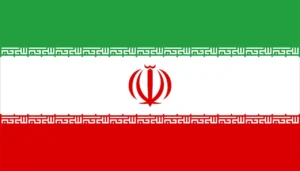
Islamic Republic of Iran with an area of 1,648,195 square km is located in the South-Western Asia and heart of Middle East; and as a bridge, it connects Caspian Sea to Persian Gulf and now it is accounted as the leading country of science and technology among Islamic countries. This strategic political, cultural and geographical situation results in a superb position that culminates in a pole of transmission of voice and data in the region.

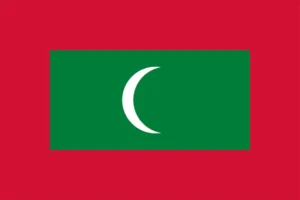
The Maldives consists of 1,190 coral islands grouped in a double chain of twenty-seven atolls situated in the Indian Ocean. Most atolls consist of a large, ring-shaped coral reef supporting numerous small islands. The country covers an area approximately 90,000 square kilometres, of which only 298 square kilometres is dry land. The islands are of average one to two square kilometres in area, and no individual island is longer than eight kilometres. The Maldives lies between 1-1.5 meters above sea level, with the highest island situated at 3 meters above sea level. Maldives is largely flat and has no land features such as hills or rivers, but some islands have dunes such as that found in Hithadhoo island of Addu Atoll, and wetlands and marshes such as those found in the Fuvahmulah island of Gnaviyani Atoll.
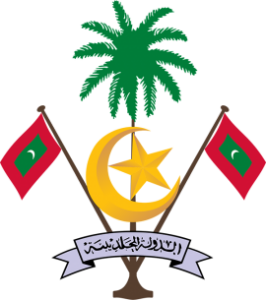
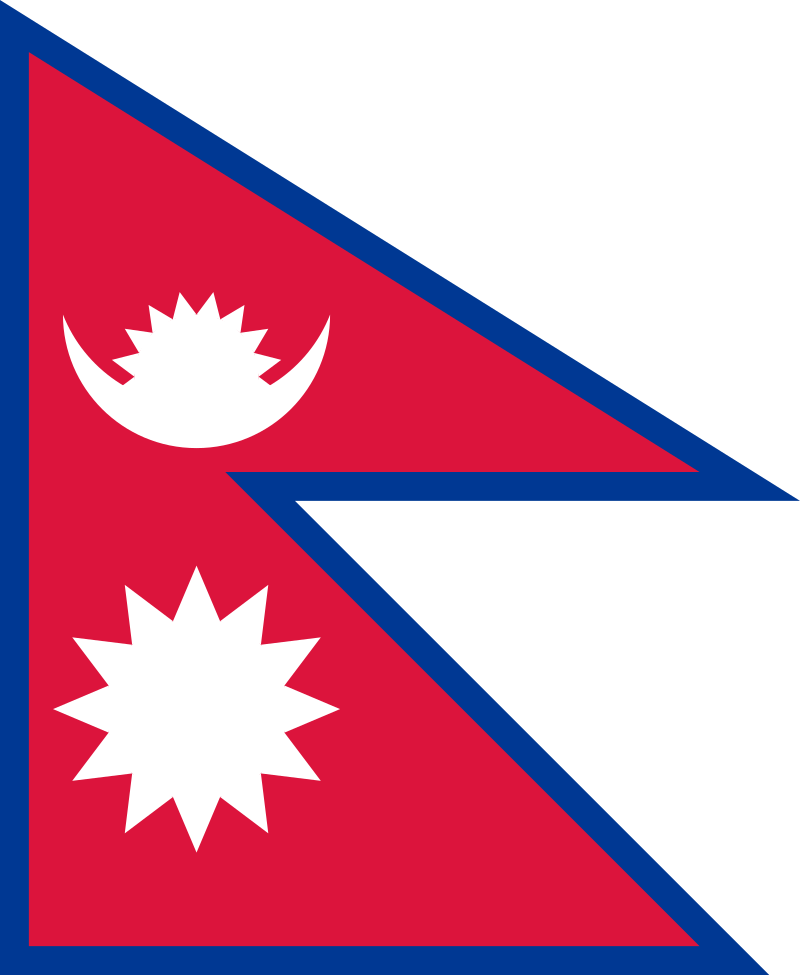
Nepal, officially the Federal Democratic Republic of Nepal, is a landlocked country in South Asia and, as of 2010, the world’s most recent nation to become a republic. It is bordered to the north by the People’s Republic of China, and to the south, east, and west by the Republic of India. With an area of 147,181 square kilometres (56,827 sq mi) and a population of approximately 30 million, Nepal is the world’s 93rd largest country by land mass and the 41st most populous country. Kathmandu is the nation’s capital and the country’s largest metropolitan city.
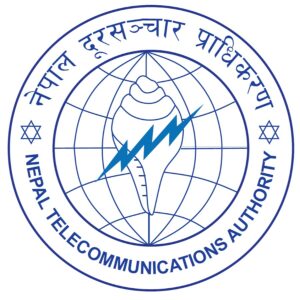
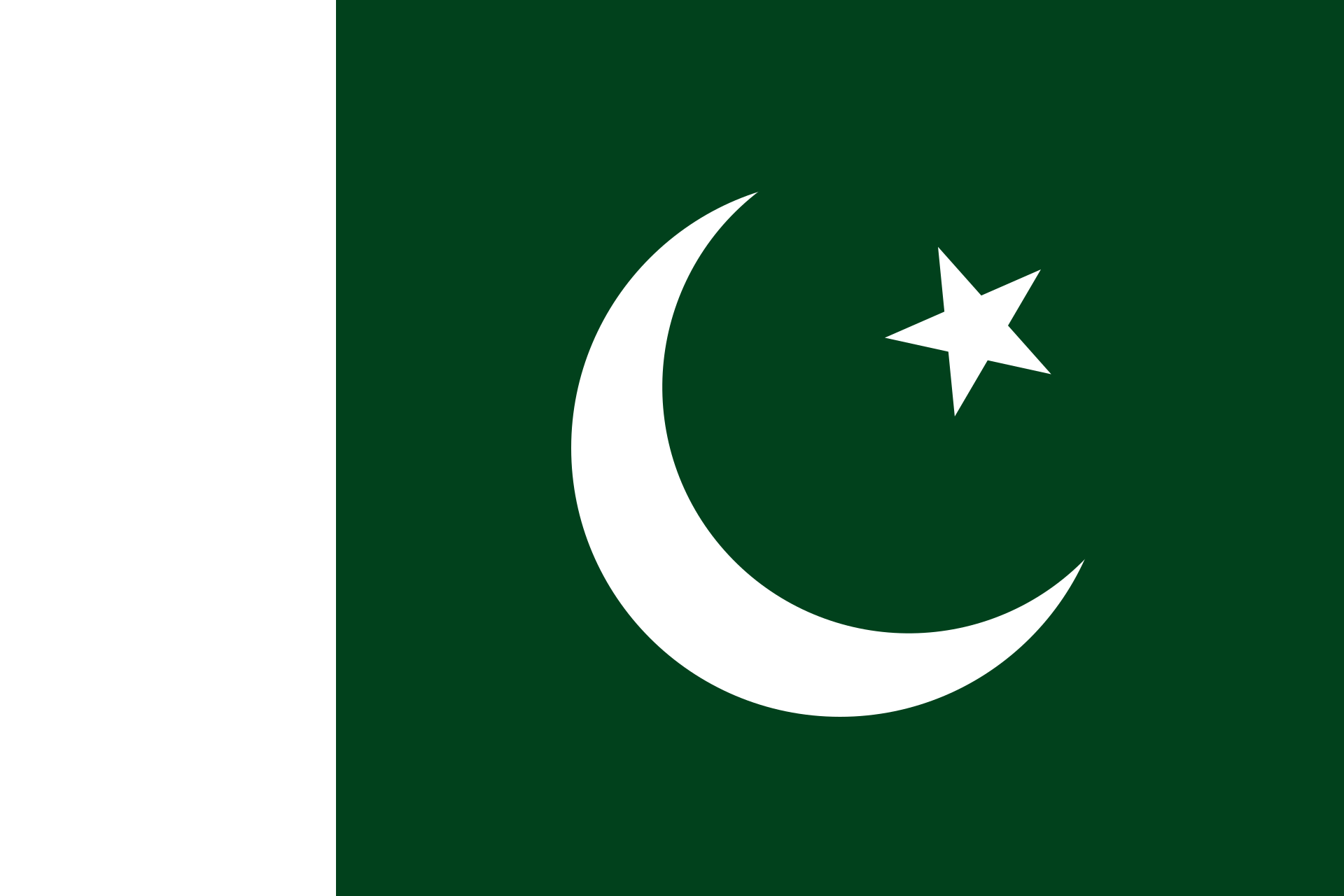
The Islamic republic of Pakistan emerged as an independent sovereign state on 14th August 1947, as a result of the division of former British India. It lies between 23-35 to 37- 05 north latitude and 60-50 to 77- 50 east longitude touching the Hindukush Mountains in the north and extending from the Pamirs to the Arabian Sea. Pakistan covers 796,095 sq.km with a population of 132.35 million according to population census 1998. Climatically, Pakistan enjoys a considerable measure of variety. North and north western high mountainous ranges are extremely cold in winter while the summer months of April to September are very pleasant.

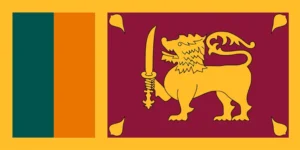
Sri Lanka, officially the Democratic Socialist Republic of Sri Lanka, is an island country in South Asia, located in the Indian Ocean to the southwest of the Bay of Bengal and to the southeast of the Arabian Sea. The island is geographically separated from the Indian subcontinent by the Gulf of Mannar and the Palk Strait. The legislative capital is Sri Jayewardenepura Kotte and the commercial capital and largest city is Colombo.

